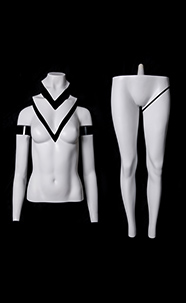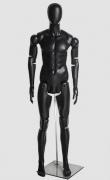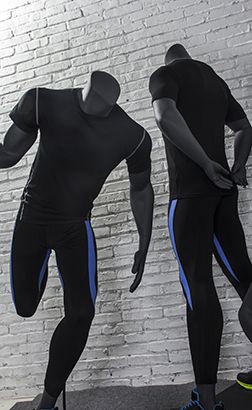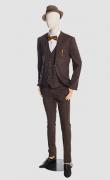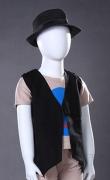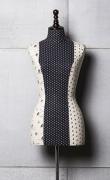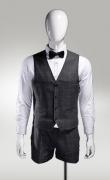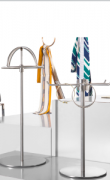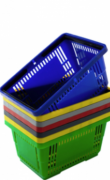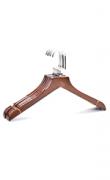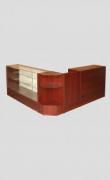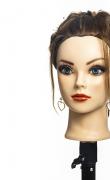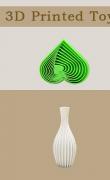In today's rapidly developing technological era, 3D printing technology is quietly changing all aspects of the pet industry, and the emergence of 3D printed dog models is particularly eye-catching. This innovative technology has not only brought revolutionary changes to the design of pet products, but also provided pet owners with unprecedented personalized choices.
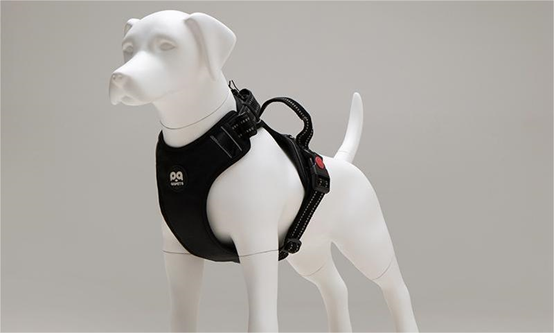
Technical principles and applications
3D printed dog models are three-dimensional dog models made by digital modeling and layer-by-layer stacking of materials. Designers first use 3D scanners to obtain the precise body shape data of real dogs, or create idealized dog models from scratch through professional software. Subsequently, these data are input into 3D printers and printed layer by layer using environmentally friendly materials or resins such as PLA and ABS.
This technology has shown great value in many fields: pet clothing designers use dog models to try on samples, greatly reducing dependence on live animals; pet supply stores use them as display racks to vividly present the actual effects of products such as collars and clothes; pet owners can customize exact replicas of their dogs as unique souvenirs or decorations.
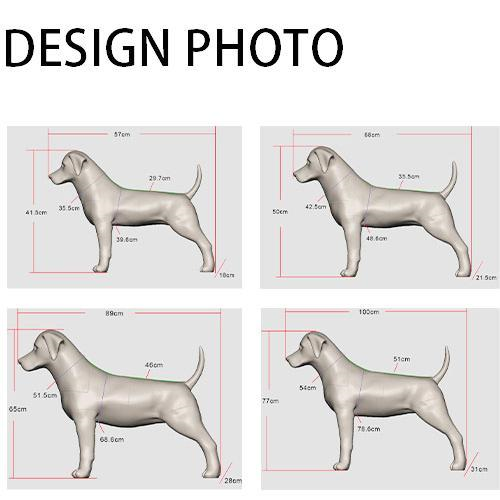
Advantages and future prospects
Compared with traditional models, the 3D printed version has significant advantages. It can restore the dog's body characteristics with millimeter-level accuracy, including unique body proportions and postures; the production cycle is short, and it may only take a few hours from scanning to finished product; it is cost-effective, especially suitable for small-batch customized production; the materials are environmentally friendly and recyclable, in line with the concept of sustainable development.

With technological advances, future 3D printed dog models may integrate more functions, such as built-in sensors to simulate the body temperature and movements of real dogs, or use more advanced materials to achieve a hair-like touch. This technology not only improves the production efficiency of the pet industry, but also provides a novel way to express the emotional connection between pets and humans, marking the transformation of the pet economy towards high-tech and personalized directions.




